The world of muscle cars is filled with legendary vehicles known for their powerful engines and aggressive designs. However, not all muscle cars have lived up to their high-performance expectations. Some models have become infamous for their mechanical issues and frequent breakdowns, overshadowing their racing prowess.
Pontiac Fiero GT
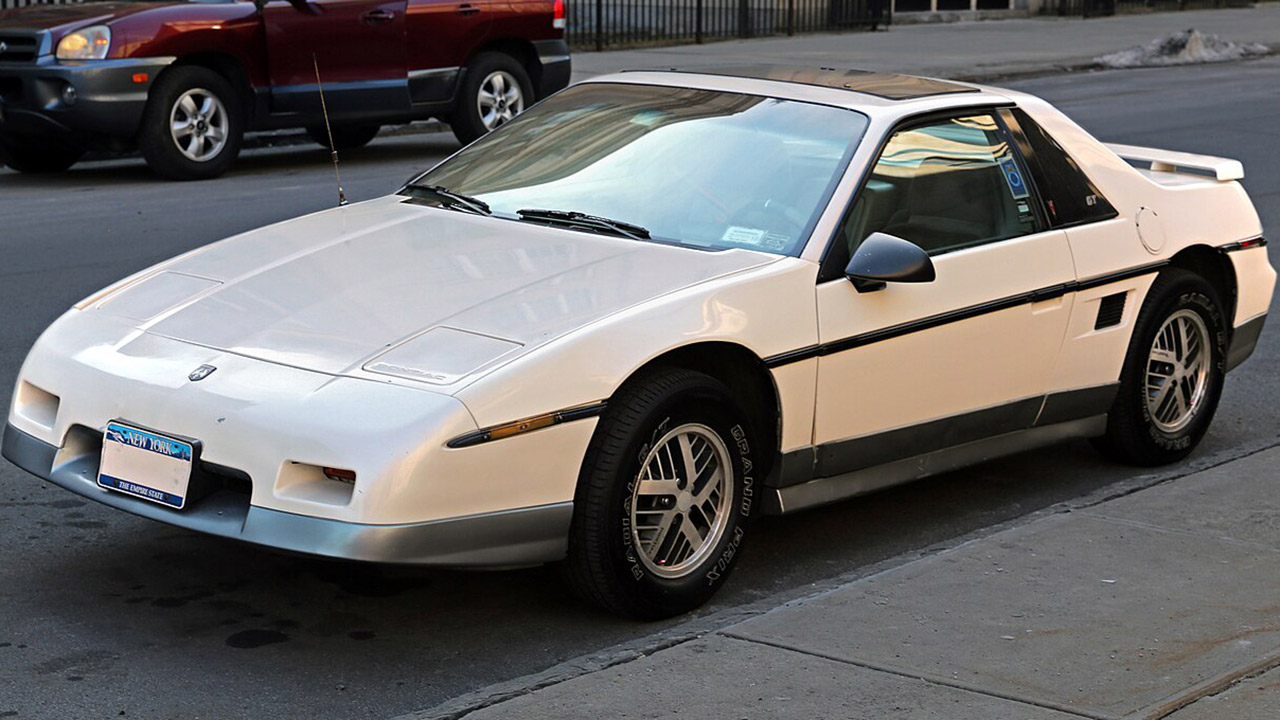
The Pontiac Fiero GT, produced between 1985 and 1988, is often remembered for its stylish design rather than its reliability. Despite its sporty appearance, the Fiero was plagued with mechanical issues, including engine fires, which led to numerous recalls. The mid-engine layout, while innovative, contributed to overheating problems, diminishing its performance on the track.
Owners often faced issues with the suspension and electrical systems, making the Fiero more of a maintenance hassle than a racing champion. While it had potential, the Pontiac Fiero GT became better known for its mechanical failures than its racing capabilities.
Ford Mustang II
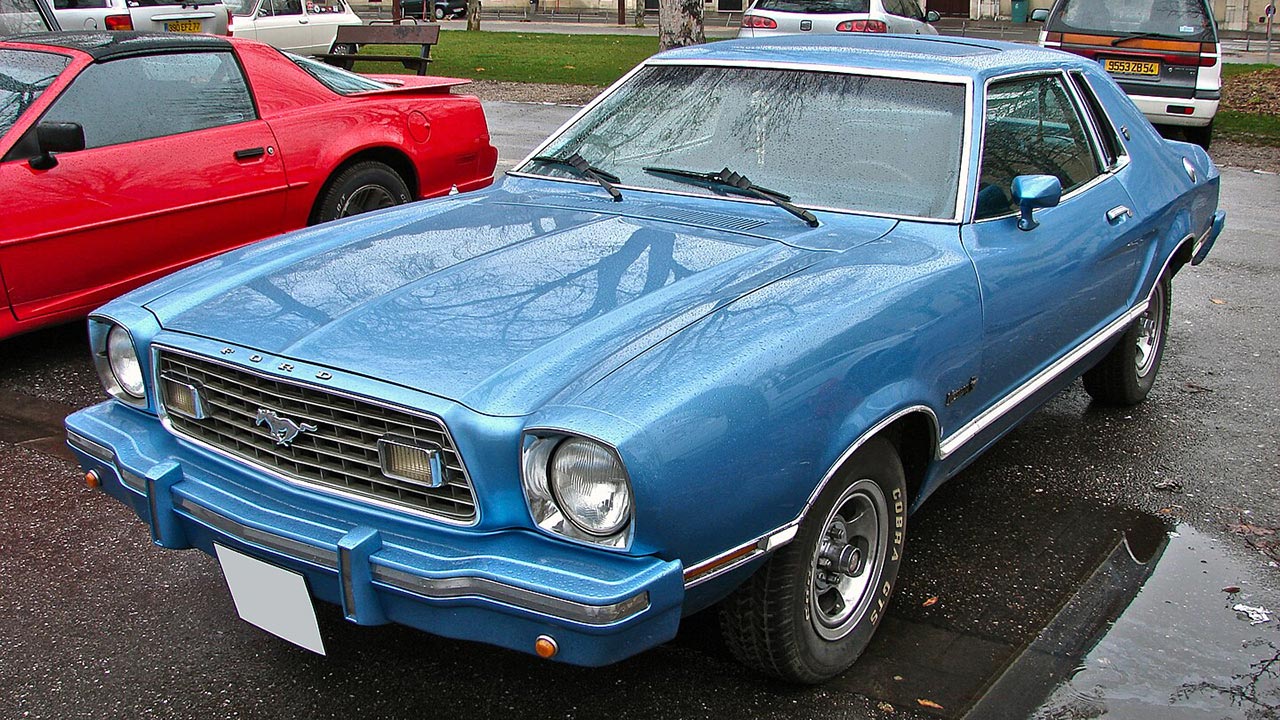
The Ford Mustang II, produced from 1974 to 1978, was a significant departure from its predecessors, focusing more on fuel efficiency than power. While it was a response to the oil crisis, the Mustang II’s performance left much to be desired. It was underpowered compared to earlier Mustang models and was often criticized for its lackluster engine options.
Furthermore, the Mustang II suffered from various reliability issues, including transmission problems and rust-prone bodywork. Its reputation for breaking down overshadowed any racing ambitions, making it a less favorable choice among muscle car enthusiasts.
Chevrolet Vega
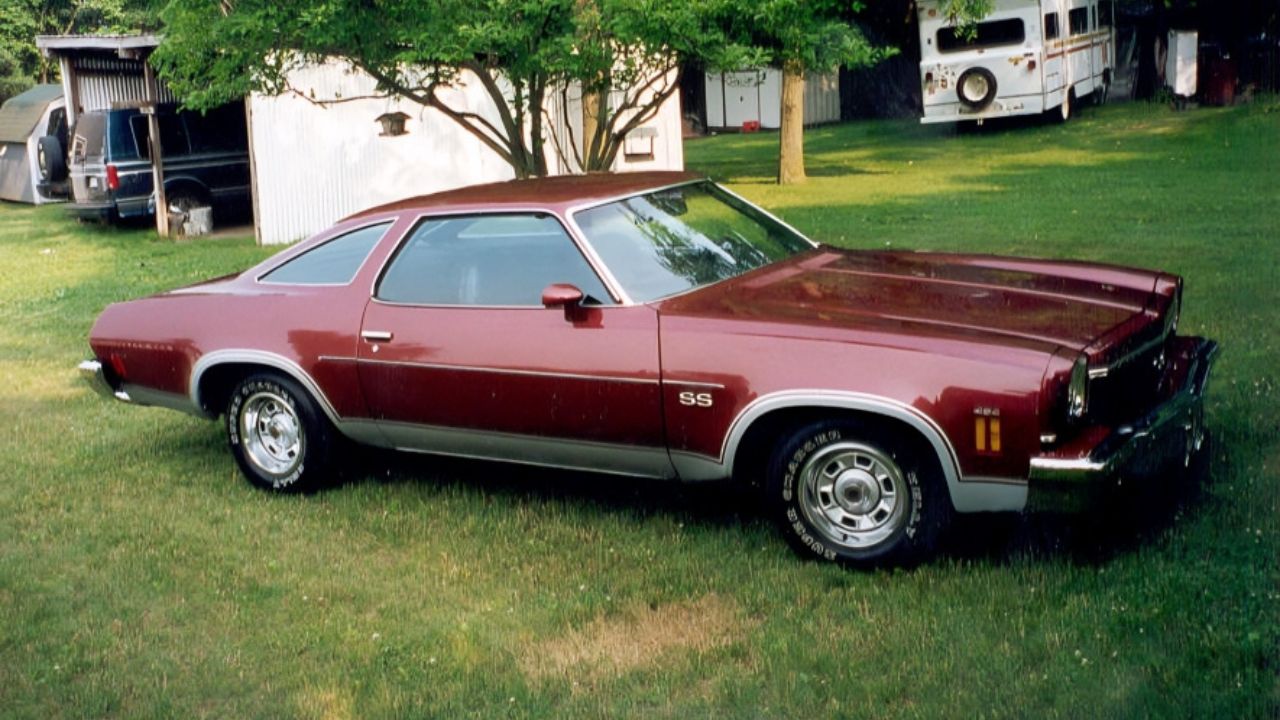
Produced from 1970 to 1977, the Chevrolet Vega was initially praised for its innovative aluminum engine block. However, this innovation turned into a nightmare for many owners as the engine was prone to overheating and warping. The Vega’s poor build quality resulted in numerous recalls, particularly for its engine and rust issues.
Despite its sporty looks, the Vega struggled on the racetrack due to its unreliable performance. The combination of mechanical failures and rust problems made it more notorious for its breakdowns than its racing credentials.
Dodge Aspen R/T
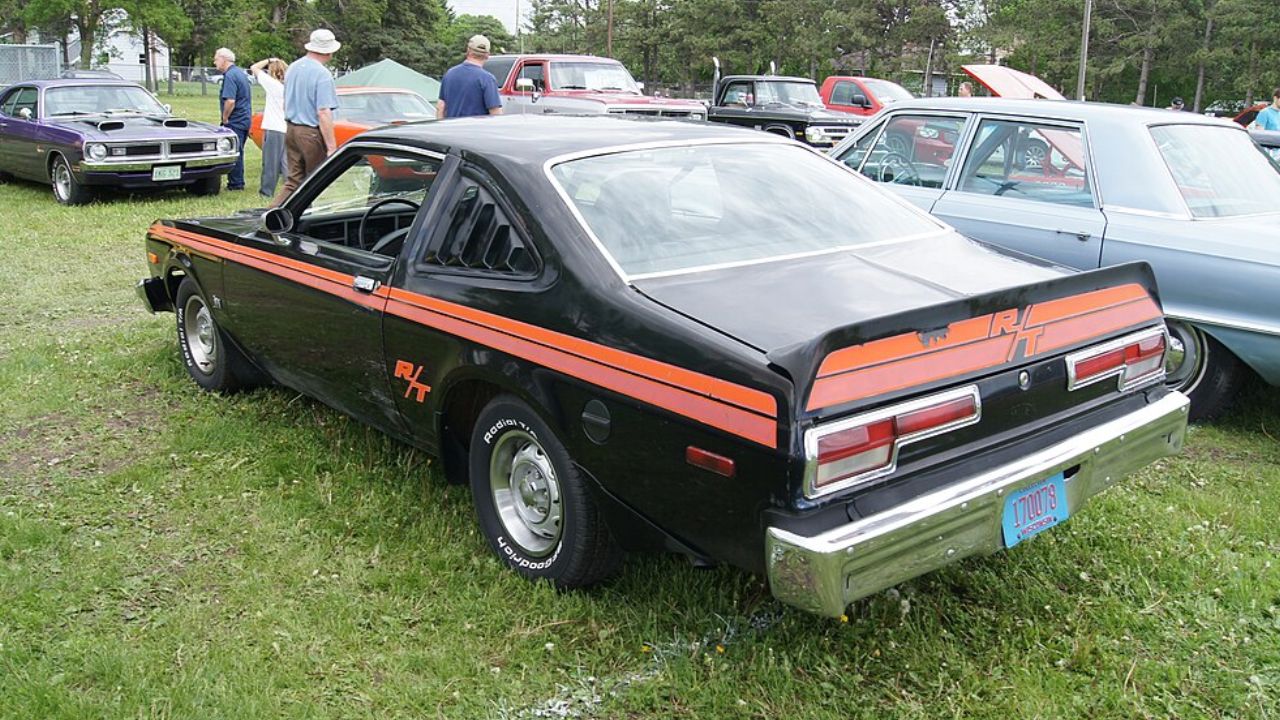
The Dodge Aspen R/T, launched in 1976 and produced until 1980, promised excitement with its sporty design and R/T badge. Unfortunately, it fell short in terms of reliability and performance. The Aspen R/T suffered from quality control issues, with frequent reports of engine and transmission problems.
Despite its muscle car aspirations, the Aspen R/T struggled to deliver on the track, often sidelined by mechanical failures. Its reputation for breaking down overshadowed any racing success it might have achieved.
AMC Javelin
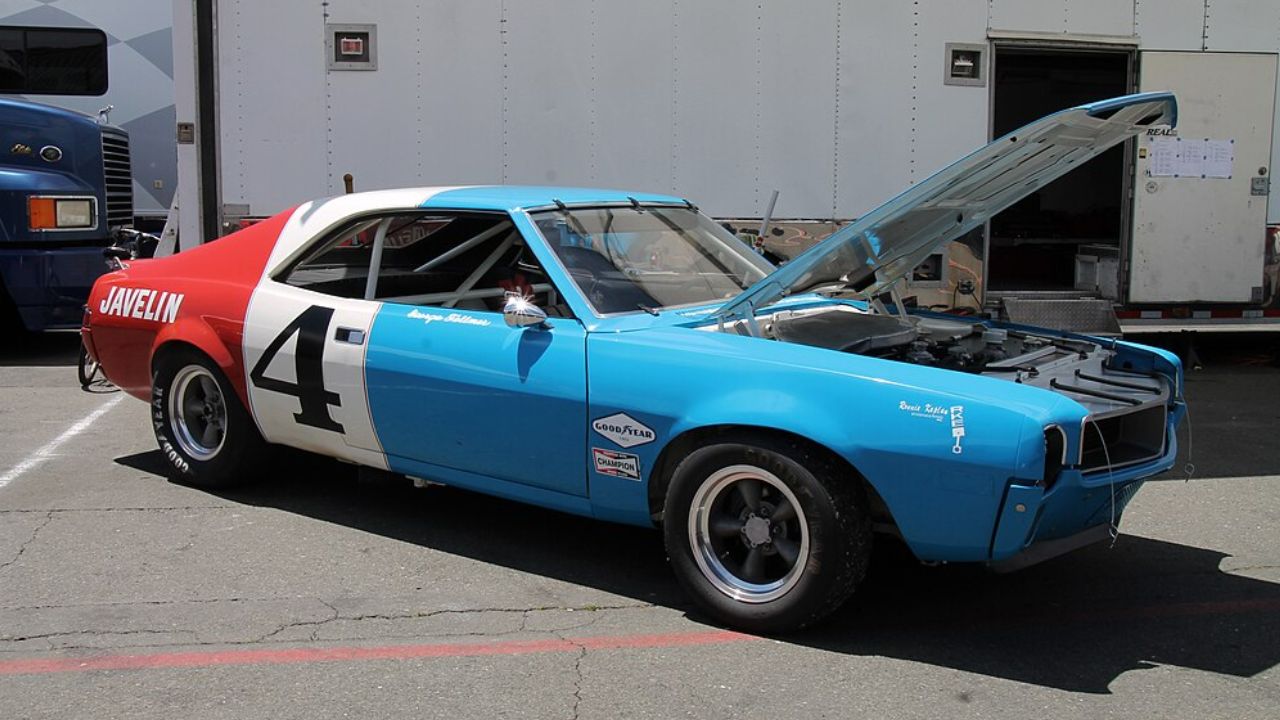
The AMC Javelin, produced from 1967 to 1974, was a stylish competitor in the muscle car market. However, it was plagued by inconsistent build quality and reliability issues. The Javelin’s engines, while powerful on paper, often suffered from oil leaks and overheating problems.
Owners frequently reported electrical issues and rust problems, detracting from its racing potential. While the Javelin had a strong design, its tendency to break down kept it from achieving the racing success expected of a muscle car.
Mercury Capri
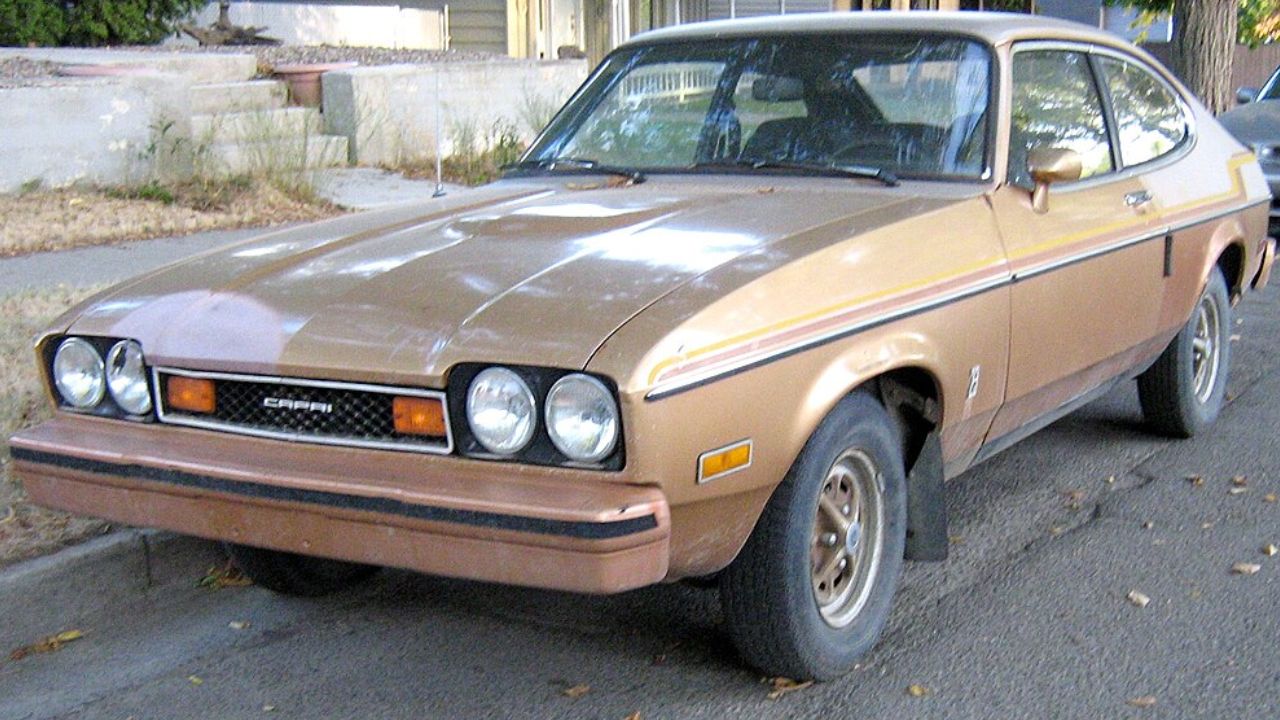
The Mercury Capri, produced between 1970 and 1977, was marketed as a compact sports coupe but struggled to maintain its reputation as a reliable performer. The Capri faced issues with its carburetor and cooling systems, leading to frequent breakdowns and maintenance headaches for owners.
While it boasted a stylish design and sporty pretensions, the Capri’s mechanical shortcomings made it more notorious for its breakdowns than its racing ability. Its reputation as a muscle car was overshadowed by its frequent reliability issues.
Plymouth Volaré Road Runner
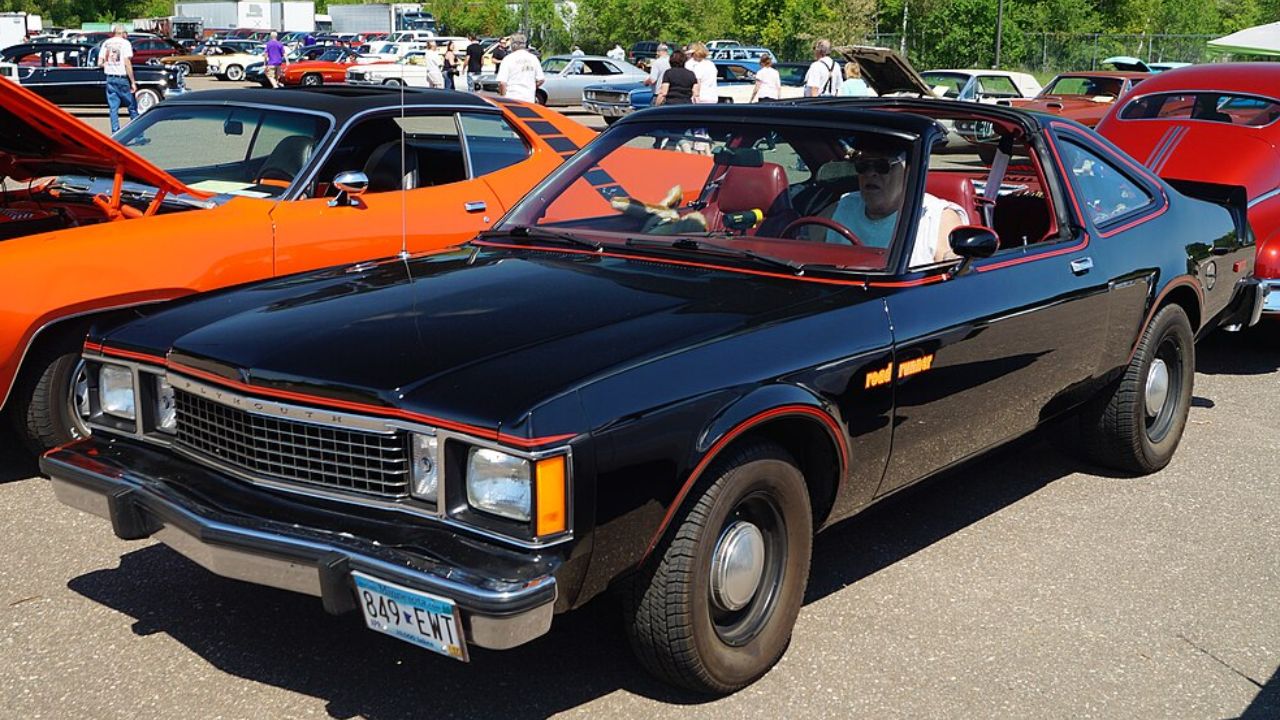
The Plymouth Volaré Road Runner, produced from 1976 to 1980, aimed to continue the legacy of the original Road Runner but fell short of expectations. The Volaré’s build quality was inconsistent, with frequent reports of engine and suspension problems.
Despite its catchy name and sporty appearance, the Volaré Road Runner struggled with reliability, making it a less competitive option on the racetrack. Its tendency to break down frequently overshadowed its racing aspirations.
Chevy Chevette
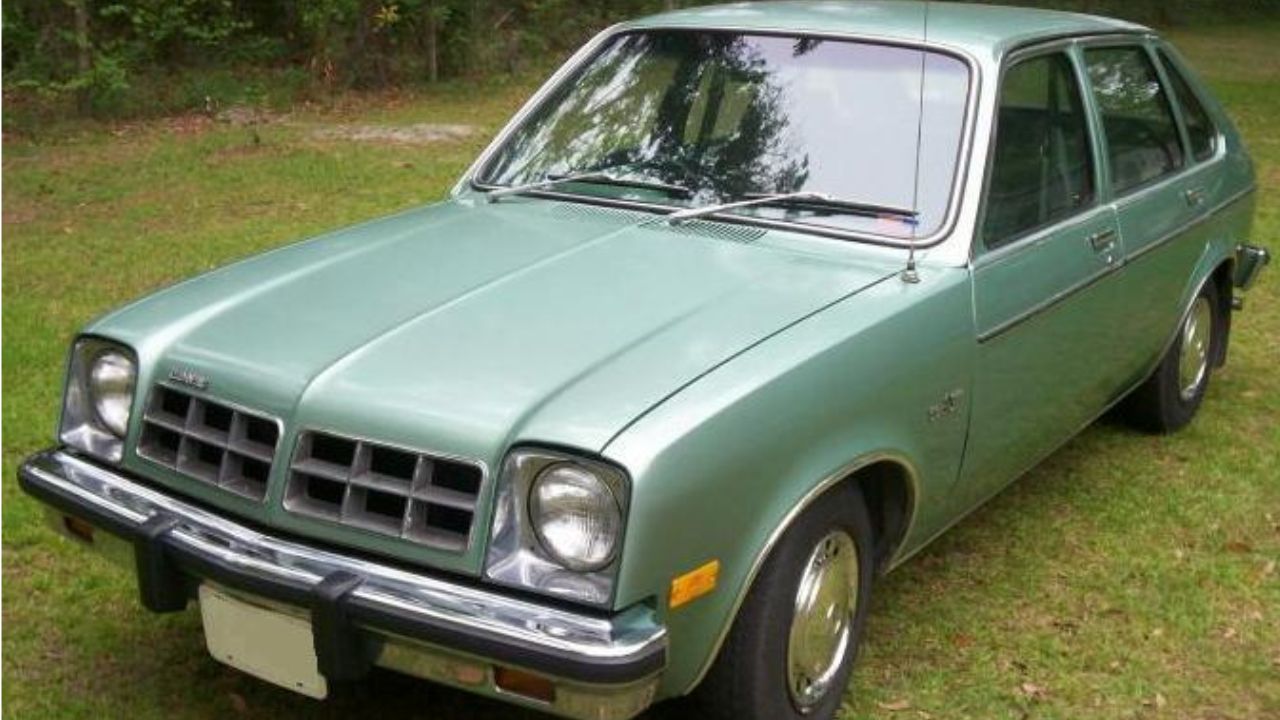
The Chevy Chevette, produced from 1975 to 1987, was never intended to be a high-performance muscle car, yet its mechanical issues earned it a spot on this list. The Chevette’s engine and transmission were prone to frequent failures, often leaving owners stranded.
While it was designed as an economical vehicle, the Chevette’s reputation for breaking down made it a poor choice for anyone seeking performance. Its lack of power and reliability issues kept it far from achieving any racing success.
Oldsmobile Cutlass Calais
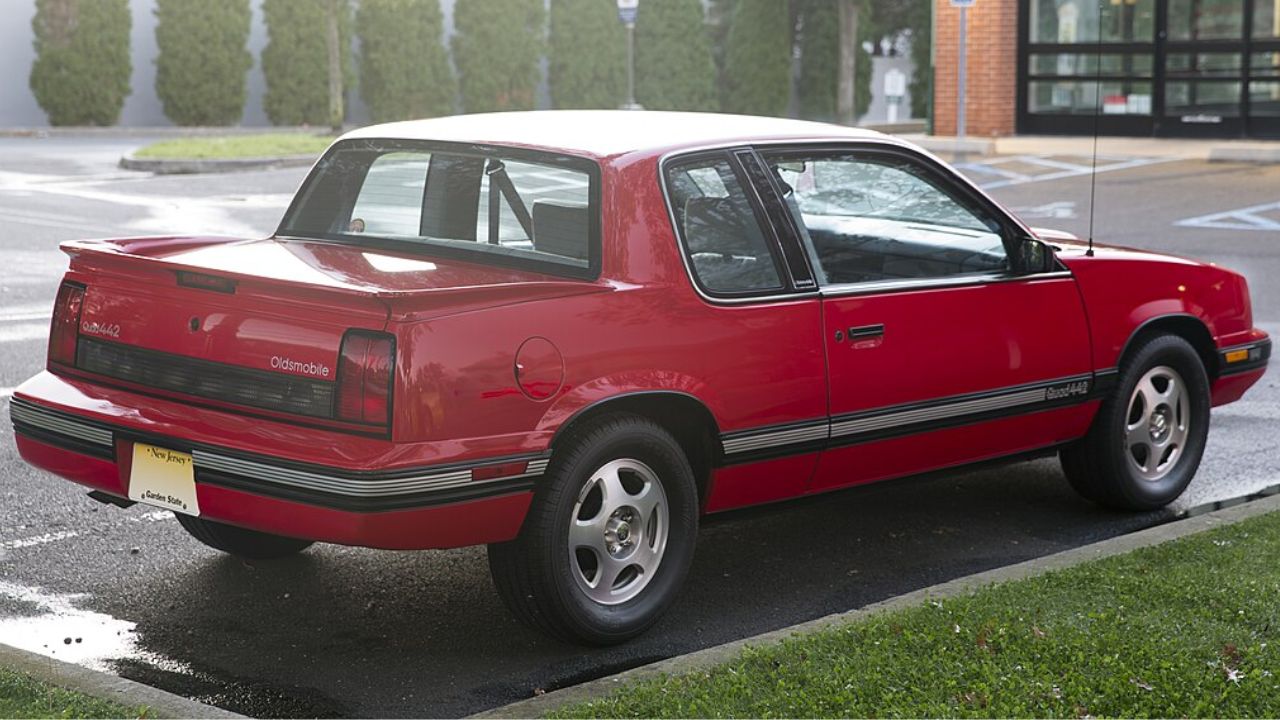
The Oldsmobile Cutlass Calais, produced from 1985 to 1991, was intended to be a stylish and sporty addition to the Cutlass lineup. However, it was often criticized for its lack of power and reliability issues. The Calais faced frequent engine and transmission problems, detracting from its performance potential.
Despite its attractive design, the Cutlass Calais struggled to keep up with its muscle car competitors, often sidelined by mechanical failures. Its reputation for breaking down overshadowed any racing ambitions it might have had.
Like Fast Lane Only’s content? Be sure to follow us.
Here’s more from us:
*Created with AI assistance and editor review.

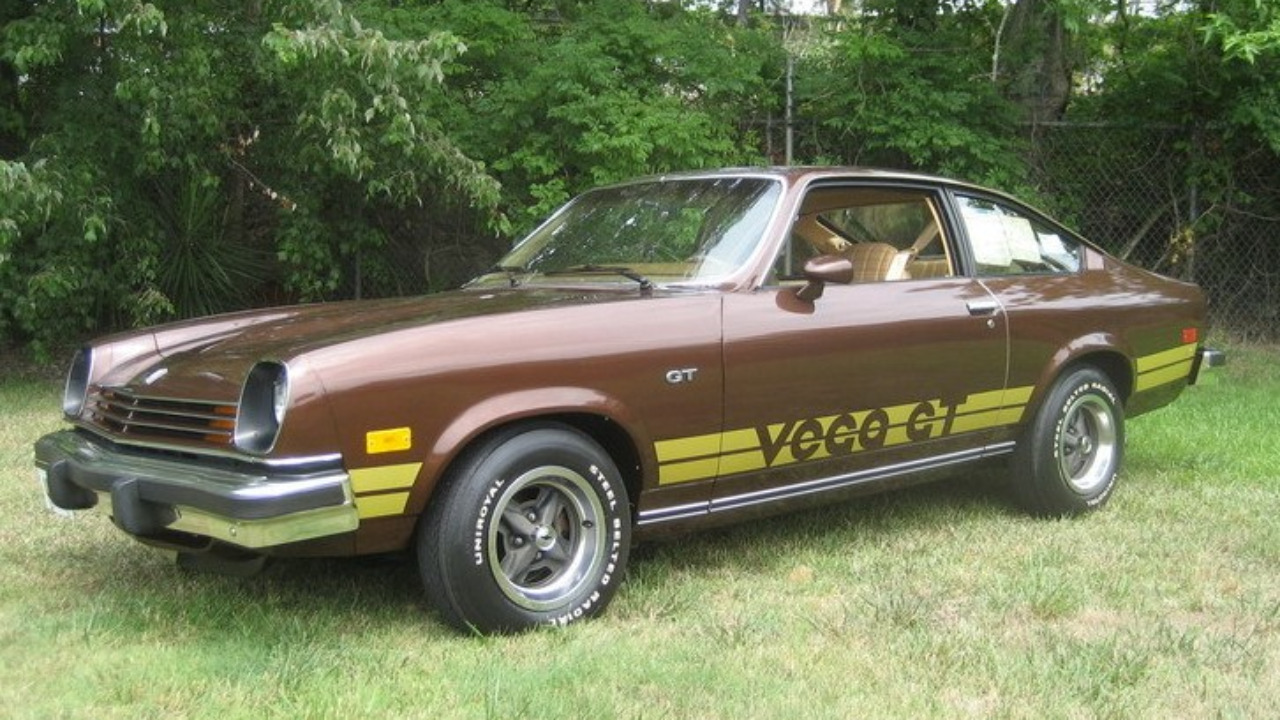
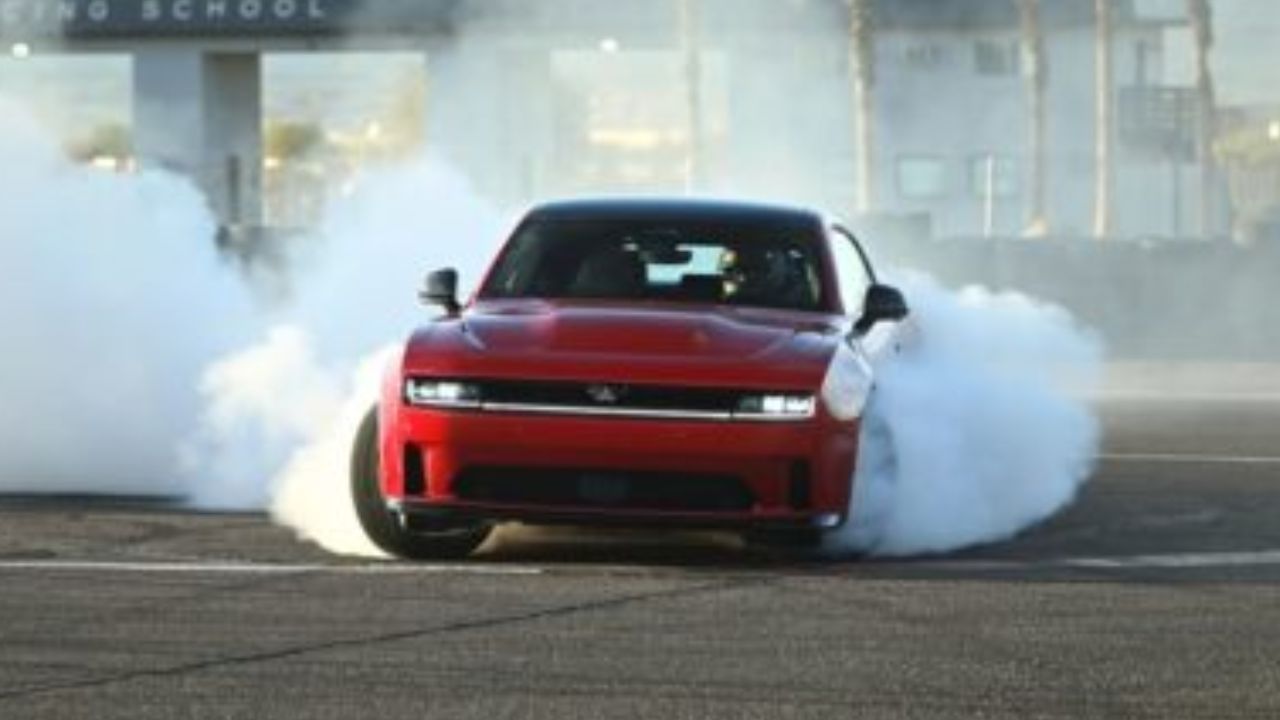
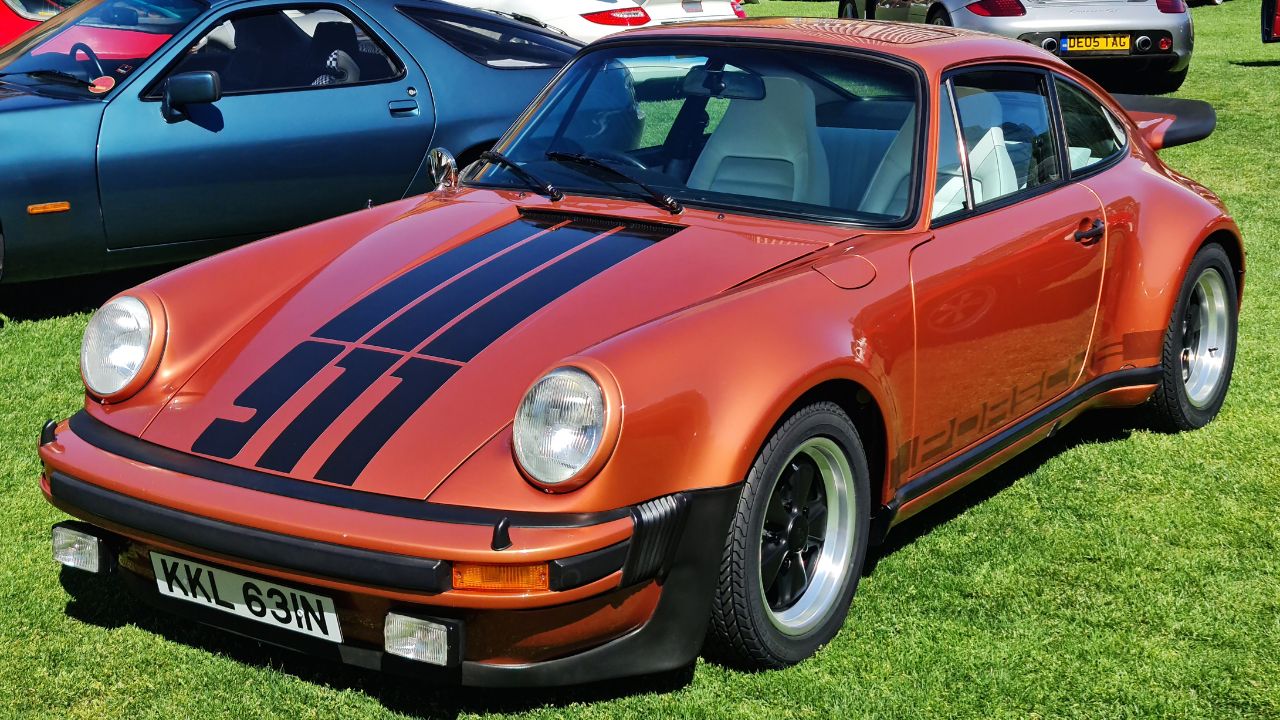
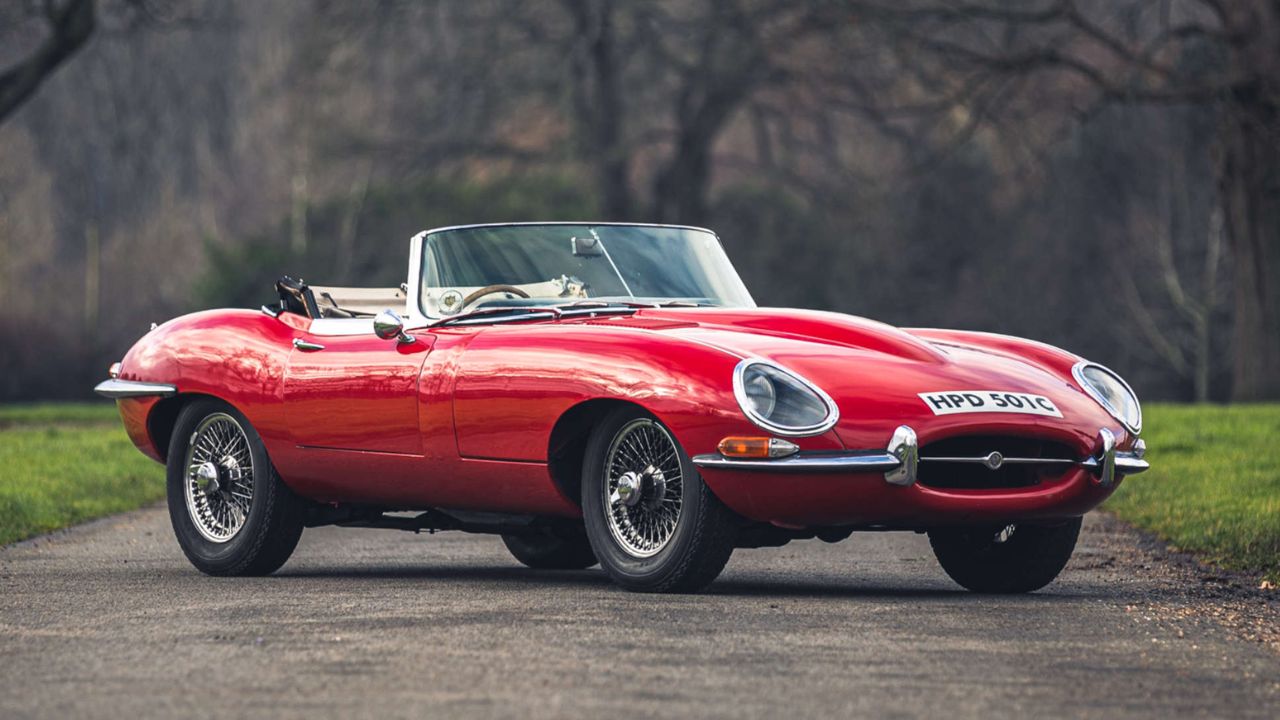
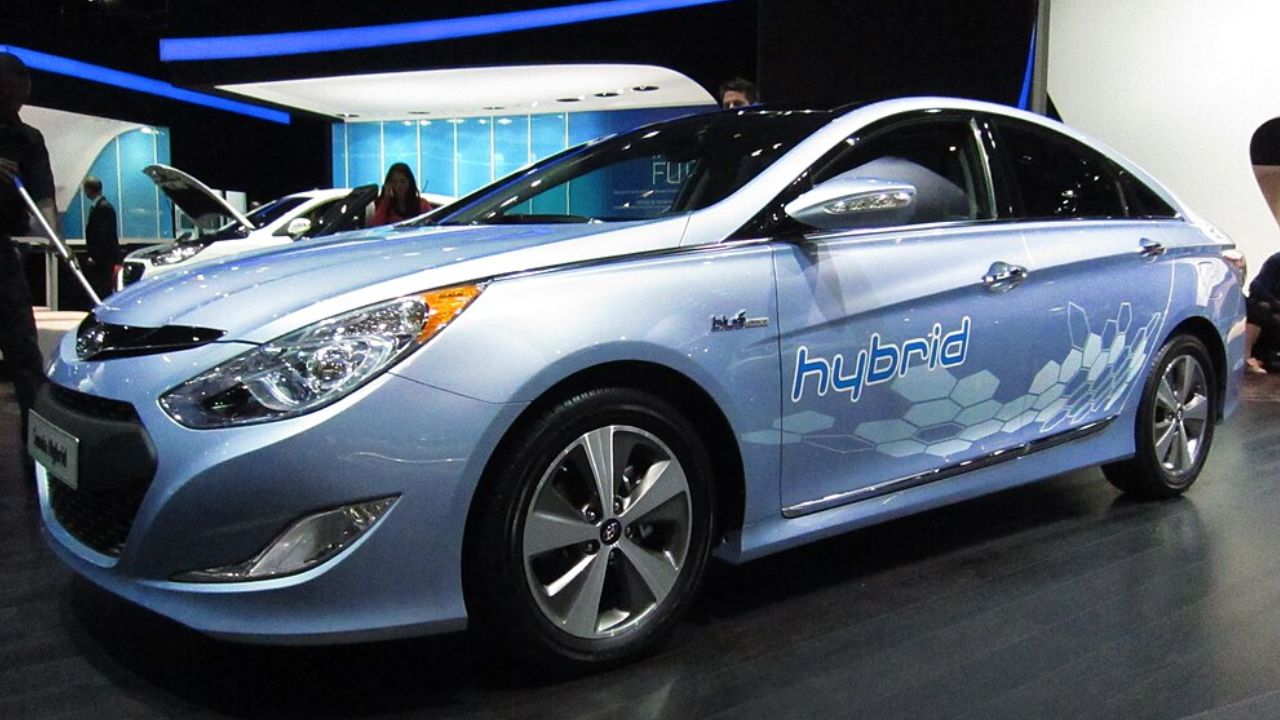
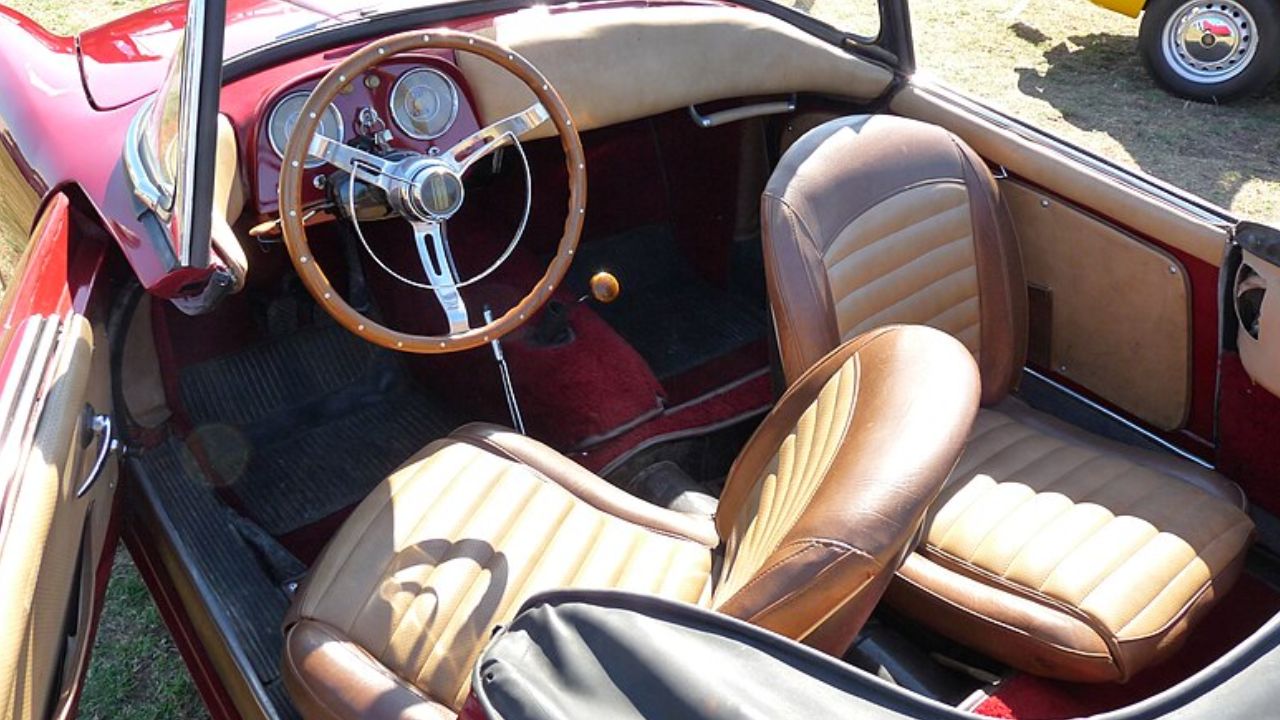
Leave a Reply